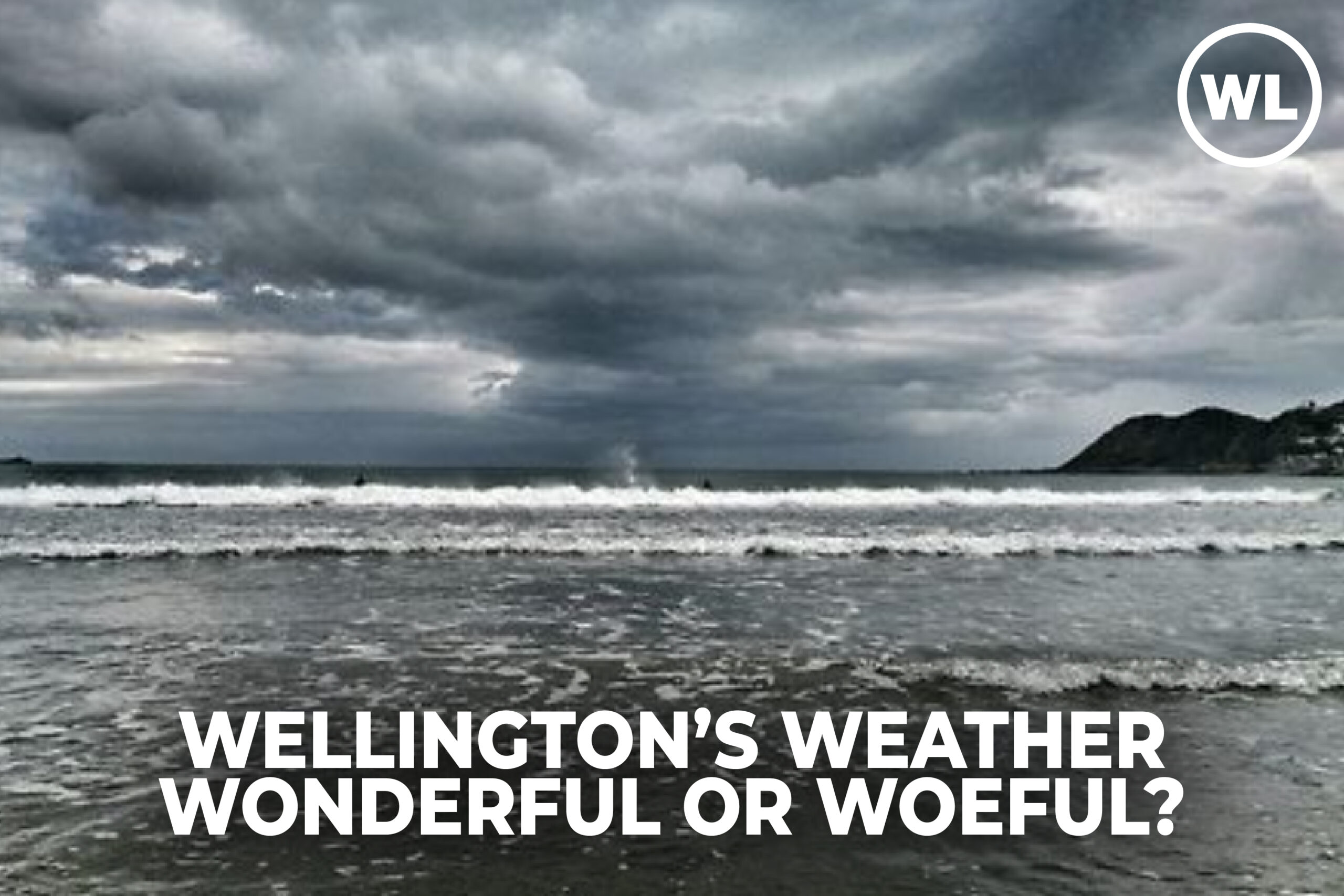Wellington is a city shaped not just by its people, but also by the ground beneath their feet. Known for its beauty, culture, and wind, it also has a hidden past—one buried beneath layers of time, soil, and stone. Beneath the busy streets and towering buildings of modern Wellington lies the ghost of an older town, lost to powerful earthquakes that shook its very foundations.
Over the years, this capital city has faced multiple devastating quakes. Among them, the 1855 Wairarapa earthquake stands out as the most dramatic. Measuring a massive 8.2 on the Richter scale, it changed the landscape forever. The ground rose by more than a metre in some parts. As a result, shorelines shifted, harbours shallowed, and entire parts of the city moved. Before that moment, much of the area now known as the central business district was under water or swampy ground. After the quake, it became solid land.
However, this violent shift also buried parts of early Wellington. Wooden wharves, small roads, and even the remains of early colonial buildings were covered by earth and forgotten. The city didn’t have the tools to dig everything out. Instead, they built over it. Today, much of Lambton Quay stands where water once reached. Beneath the streets, you can still find traces of 19th-century sea walls, warehouse foundations, and cobbled paths that once bustled with activity.
As time passed, Wellington grew. But the memory of those early structures faded. What people don’t realise is that in many places, modern Wellington doesn’t just sit on land—it sits on history. Civil engineers, while working on major projects like the City Rail Link and earthquake strengthening, have uncovered layers of old Wellington. Timbers blackened by fire, cobblestones shaped by foot traffic, and even tools left behind in haste—these discoveries remind us of a past that nature tried to erase.
Though the city was rebuilt time and again, each new layer has kept parts of the old one hidden. In some locations, you can still feel the past beneath your feet—like on parts of Customhouse Quay, where the original shoreline ran. Beneath buildings and car parks, archaeologists have found walls and steps leading nowhere, evidence of lives interrupted by quakes.
What’s more, many locals walk through the city every day without knowing they are passing above old streets that once had names and purpose. These streets were buried, not just by soil, but by the need to move forward quickly after disaster. In the rush to rebuild, there was no time to mourn what was lost.
Wellington’s relationship with earthquakes didn’t end in the 19th century. In fact, the city continues to shake. More recent events, like the Kaikōura earthquake in 2016, showed again how fragile things can be. Office buildings cracked. Roads buckled. The past was briefly uncovered as damage revealed what lay hidden. Yet each time, the people of Wellington responded with strength, adapting and rebuilding.
Because of its location, Wellington cannot escape its seismic nature. Sitting on a major fault line, the city will always carry that risk. Still, it also carries stories—some told, many buried. The lost town beneath Wellington isn’t just about buildings or roads. It’s about the people who lived there, the shops they visited, and the families who built homes on ground they thought was solid.
As new developments rise, more of the old city may be revealed. Experts now take extra care to record what they find during construction. These efforts help us understand how the city has evolved. They also remind us of what lies beneath: not just stone and timber, but memory and meaning.
Wellington is often praised for its modern design and smart planning. But the truth is, much of it stands on centuries of change, shaped as much by fault lines as by foresight. The layers below our feet are not just geological—they are deeply human.
In the end, the story of the lost town beneath Wellington is more than history. It’s a warning, a tribute, and a mystery all at once. As we look ahead to new buildings and better safety, we must also look down—because below us is the city that once was, still resting quietly in the earth.
At One Network Wellington Live, we believe in sharing stories that matter. This one is not just about loss—it’s about resilience. It’s about a city that refuses to be defined by disaster, yet never forgets its past. And next time you’re walking down Lambton Quay or waiting at a stoplight on Jervois Quay, remember: beneath your feet may lie the shadows of streets once filled with life.
TRUTH SEEKER
Instantly run a Quiz with friends... about the article. Interact more & analise the story. Dig in, catch out biased opinions, and "fact check" with TRUTH SEEKER by ONENETWORK WELLINGTONLIVE 👋
Do you agree with the main argument of this article?
Total votes: 43
What was the magnitude of the 1855 Wairarapa earthquake that affected Wellington?
Bias Analysis
Fact Check Summary
False, the earthquake measured 8.2 on the Richter scale.
Source: Article: 'Earthquake City: The Lost Town Beneath Wellington'
True, the city built over parts of the lost town rather than fully excavating them.
Source: Article: 'Earthquake City: The Lost Town Beneath Wellington'








